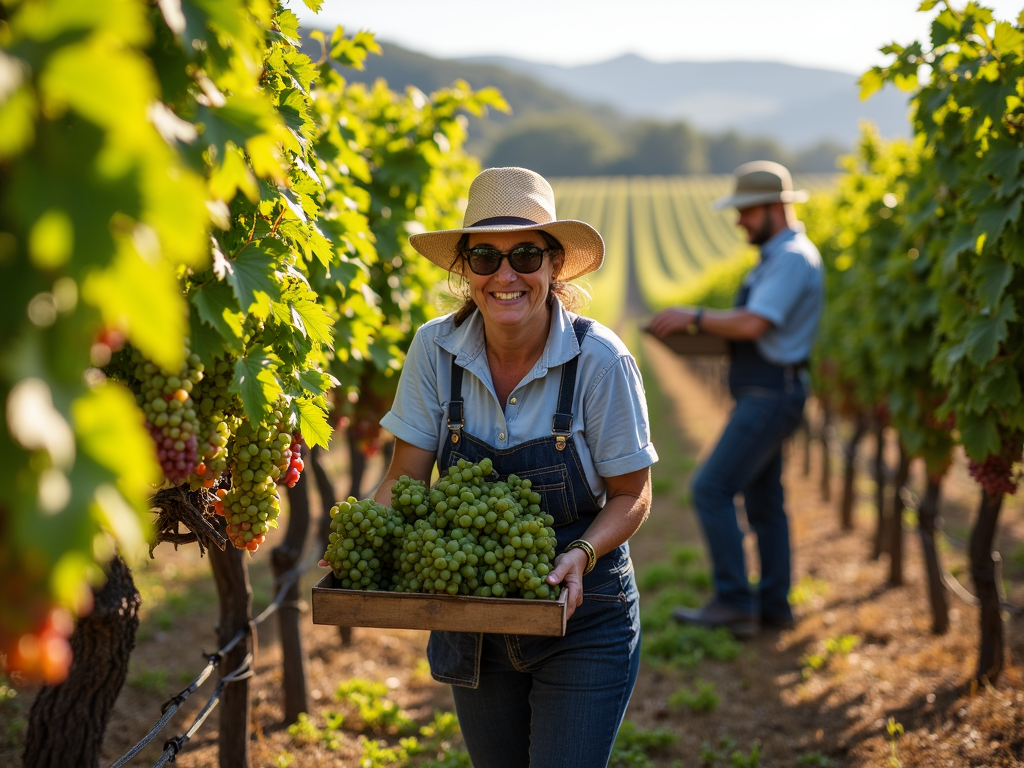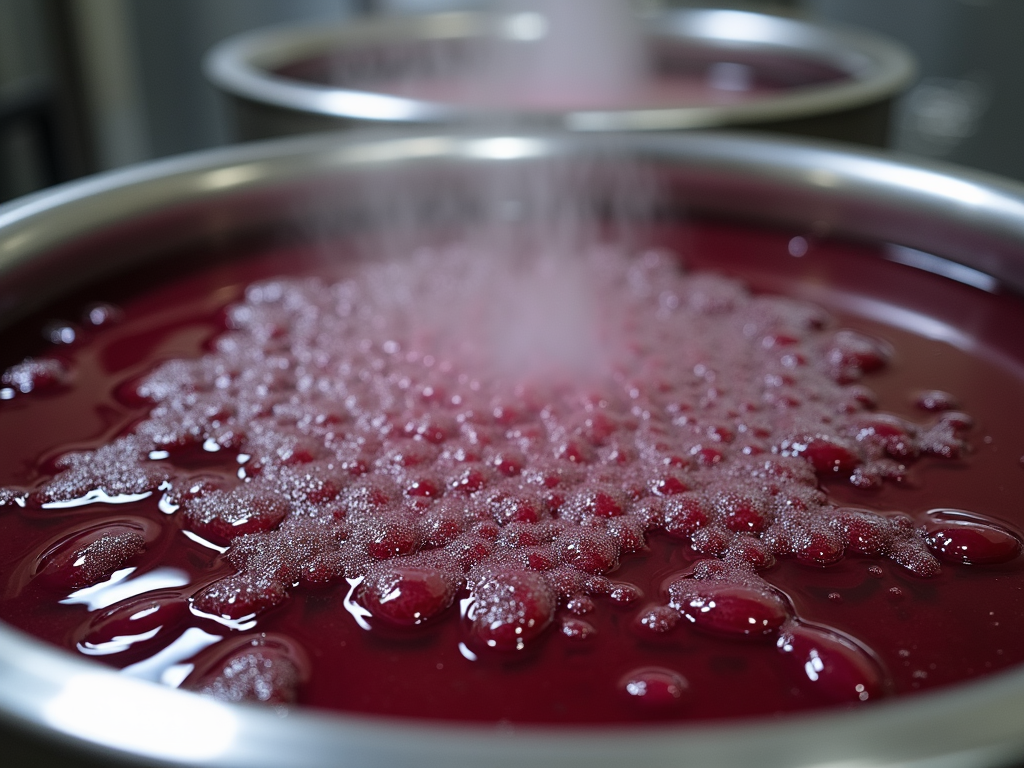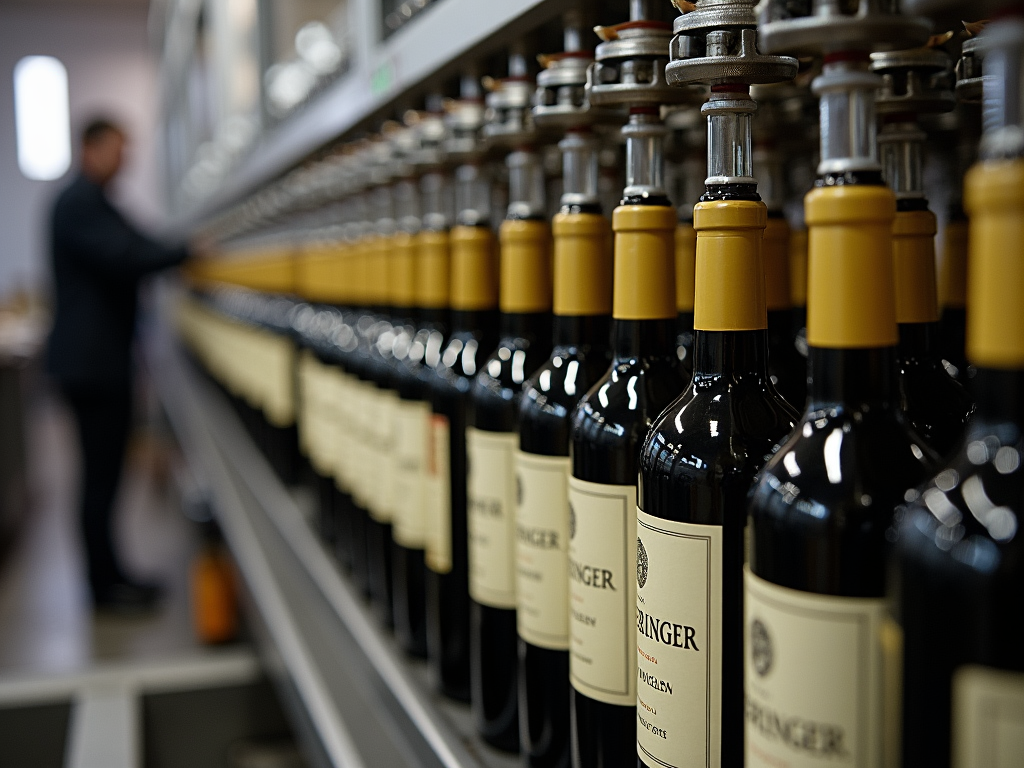The Beringer Wine Production Process
Overview of Beringer
Beringer Vineyards, established in 1876, is one of California's oldest and most respected wineries. Located in Napa Valley, Beringer has built a reputation for crafting premium wines using time-honored traditions and innovative techniques. With a commitment to quality and authenticity, Beringer stands out among wine brands globally, making it a must-know name for wine enthusiasts.

Vineyard Management
At Beringer, the wine production process begins in the vineyard. The winery employs sustainable vineyard management practices to ensure high-quality grape cultivation. This includes careful selection of varietals suited to the terroir, soil management, and precision irrigation techniques. Winemakers believe that the quality of the grapes dictates the quality of the wine, which is why they prioritize the health of the vines.

Harvesting
Once the grapes reach optimal ripeness, it's time for the harvest. Beringer employs a combination of hand-picking and mechanical harvesting, depending on the specific varietals and vintage conditions. Hand-picking allows for careful selection of the best grapes and minimizes damage, while mechanical harvesters can quickly gather large quantities of grapes when needed.

Crushing and Fermentation
After the grapes are harvested, they are delivered to the winery, where they undergo crushing. This process separates the juice from the skins and seeds. Beringer typically uses modern technologies combined with traditional methods to ensure the best extraction of flavors. Fermentation follows, with some wines undergoing malolactic fermentation to soften acidity and enhance flavor complexity.

Aging
After fermentation, the wine is transferred to barrels or tanks for aging. Beringer utilizes a mix of new and old oak barrels to enrich the wine's flavor profile. The aging process allows for the development of nuanced flavors and aromas, creating the signature taste that Beringer wines are known for.

Bottling and Quality Control
Once the aging process is complete, the wine is ready for bottling. Beringer conducts thorough quality control checks to ensure that each bottle meets their high standards. This includes testing for flavor, aroma, and clarity. The meticulous attention to detail ensures that every bottle delivers the best representation of the Beringer brand.

Conclusion
The Beringer wine production process is a masterful blend of tradition, innovation, and quality. From vineyard management to the final bottling, each step is carefully considered to craft wines that reflect the unique characteristics of Napa Valley. Beringer's commitment to excellence is evident in every bottle, making it a leader among wine brands and a favorite among wine lovers.